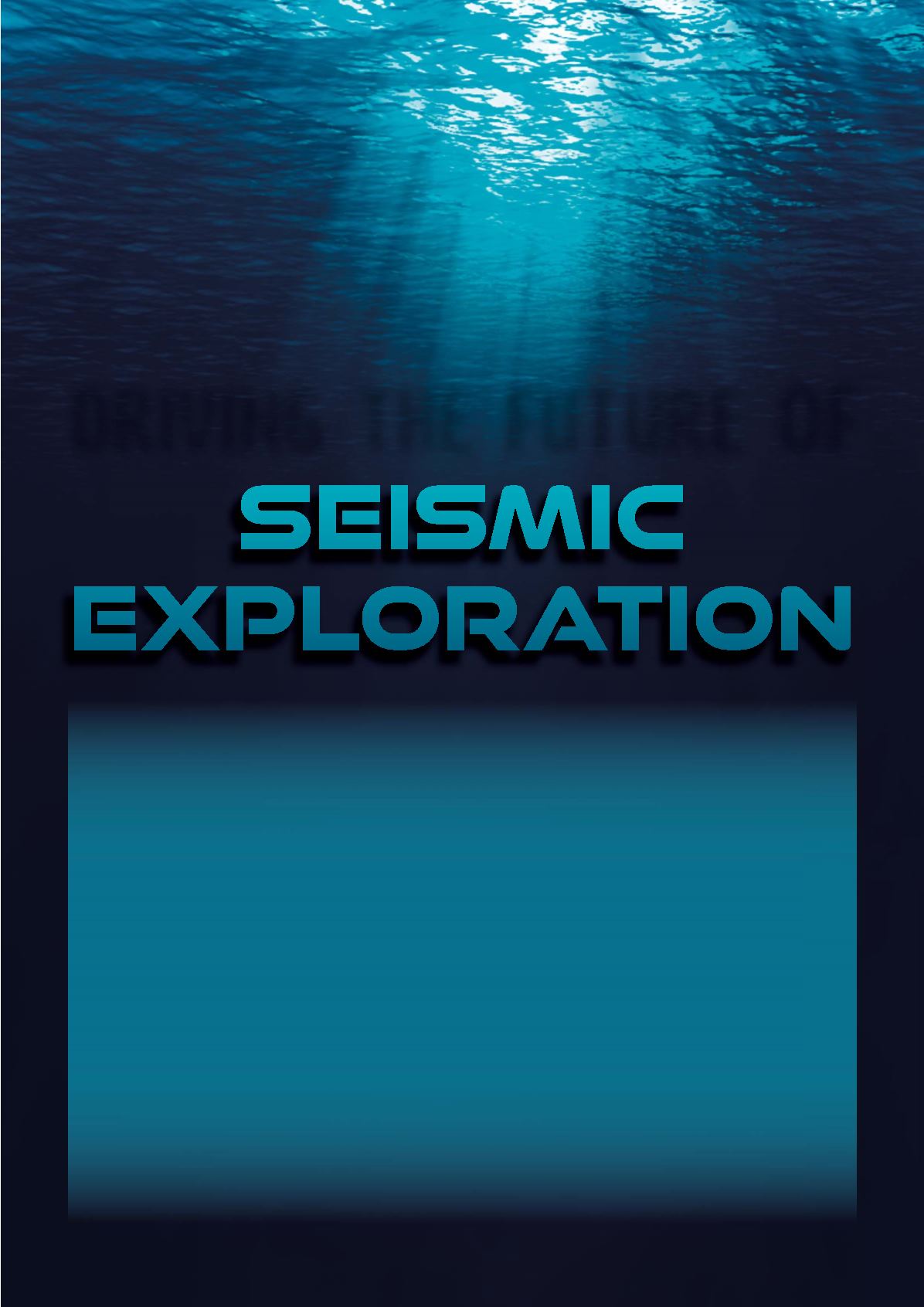
DRIVING THE FUTURE
OF
SEISMIC
EXPLORATION
W
ith the exponential increases in computing power
and the recent development of data-driven
processing technologies raising the bar for
quantitative imaging of complex subsurface geologies, acquiring
seismic datawith ocean bottomnodes (OBNs) offers the right
solution tomatch current industry expectations.
Addressing imagingchallenges
Building highly precise images of the subsurface requires
illumination of the geological detail. Howaccurate these images
are depends on the survey design and layout of both the seismic
sources generating the acoustic signals and the receivers
capturing the encoded information carried back fromthe
propagation of the seismicwavefield throughout the subsurface.
Each ‘pixel’ of the image is built by collecting all the
reflected energy produced at that location by the seismic
acquisition. To be able to evaluate this reflected energy, it
is first necessary to estimate the parameters characterising
the subsurface. This important imaging step is known as velocity
model building. Today, as a result of considerable progress in
computing power, it is possible to accurately invert the recorded
wavefields for a subsurfacemodel that is sufficiently detailed to
simulate data, which closelymatch the recorded seismic data.
This data-driven approach, known as full-waveform
inversion (FWI), goes beyond techniques that use only
the seismic data arrival times (traveltime kinematics), by
incorporatingmore information provided by the amplitude and
phase of the seismicwaveform. FWI is considered to be themost
promising data-driven tool for building velocitymodelswithout
the intrinsic bias of subjective structural interpretations. Many
successful applications of FWI have been reported to update the
model of shallowsediments, gas pockets andmud volcanoes
(e.g. offshore Brazil, the Gulf of Mexico and theNorth Sea). All
emphasise the need for datawith a superior signal-to-noise
ratio for the low frequencies, as the latter are critical for the FWI
modelling process.
Risto Siliqi, CGG, France,
explains how the largest multi-client ocean bottom
node survey in the UK Central North Sea will deliver unprecedented seismic
data quality to identify remaining reservoir potential.
|
15








